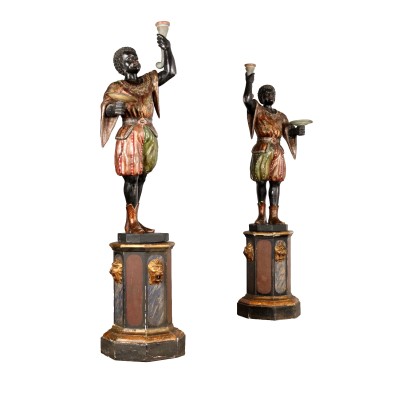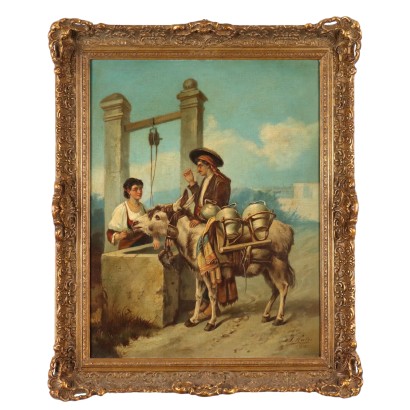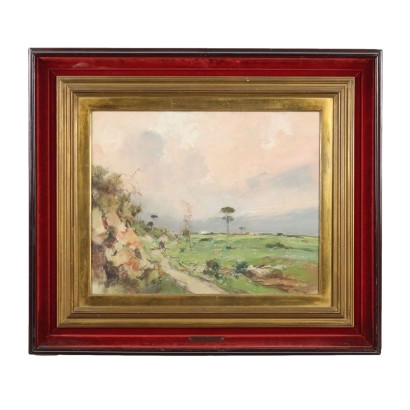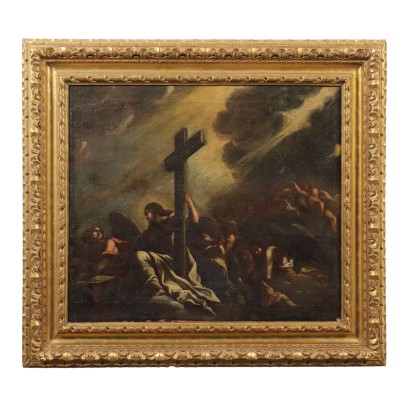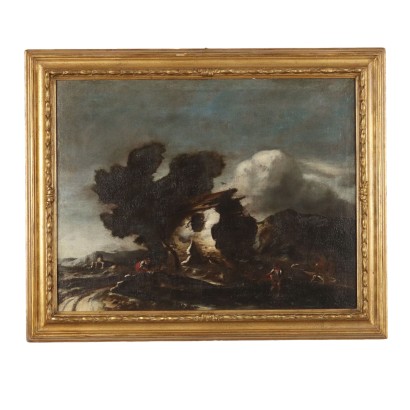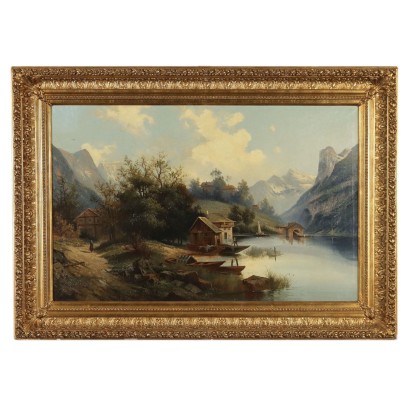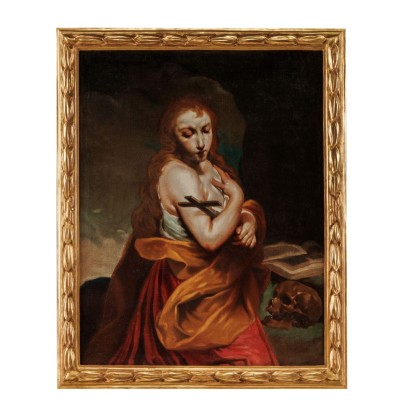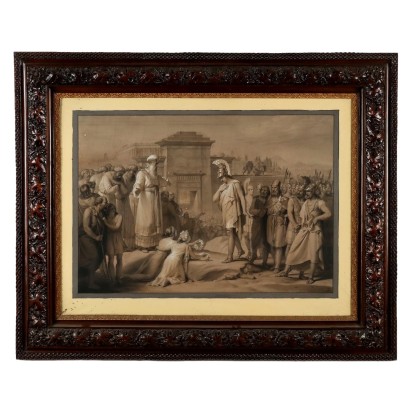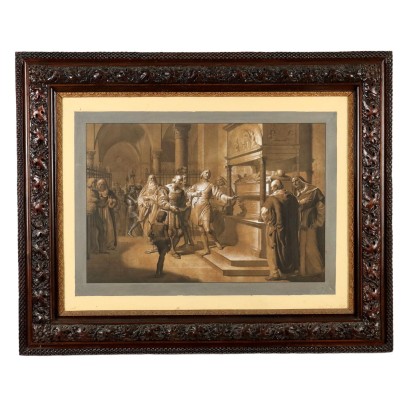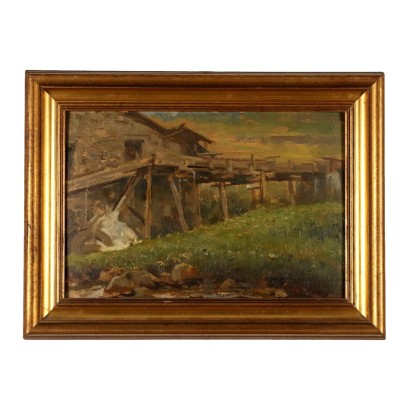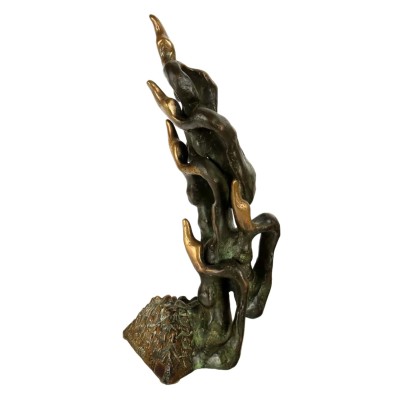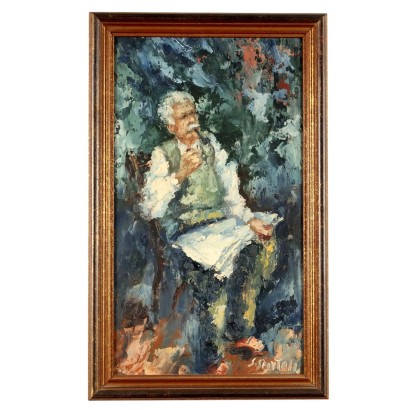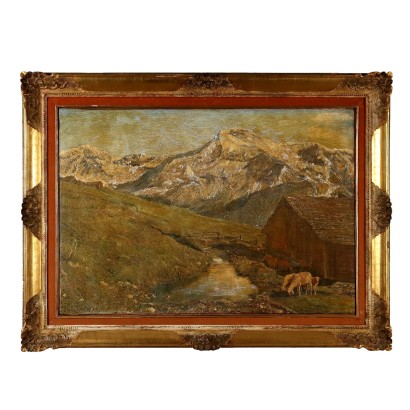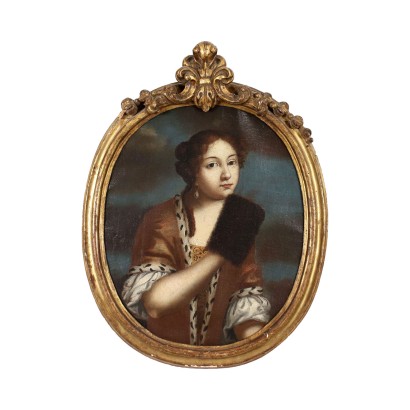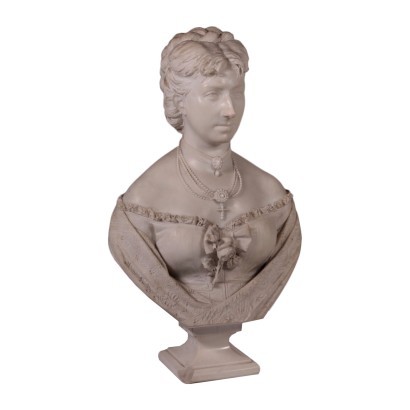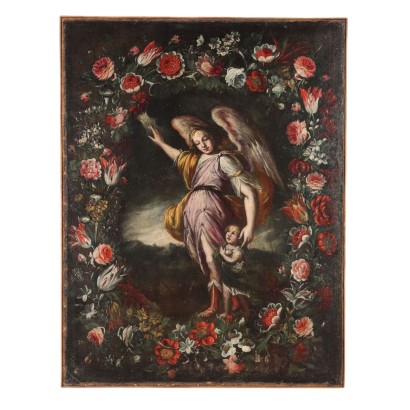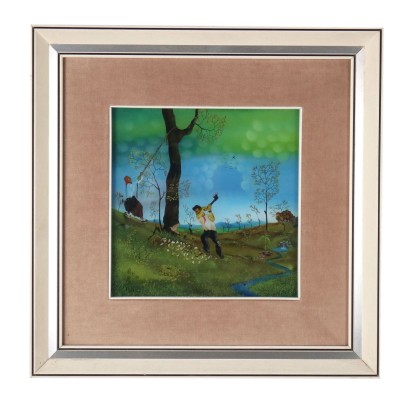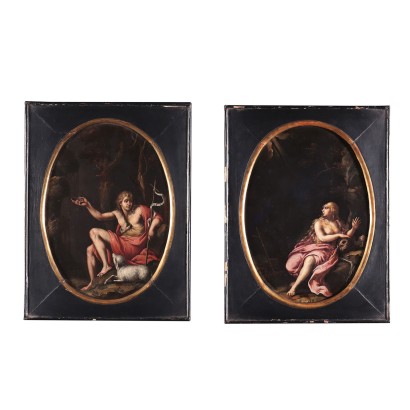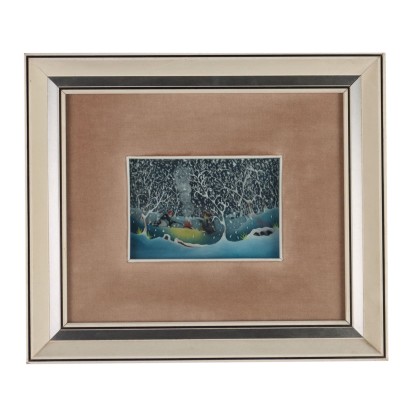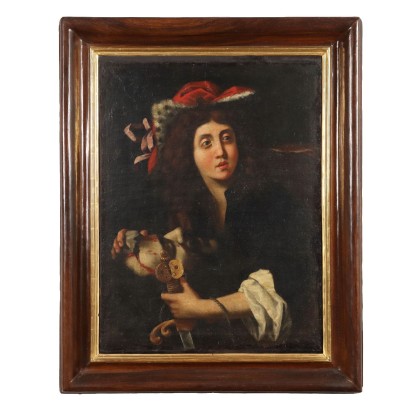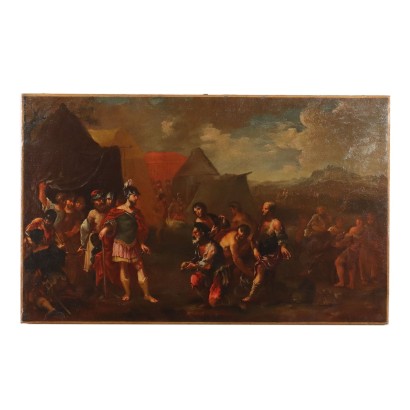In evidence
Specific typology
Price
Age
dimensioni opera
ApplyArtist
- Giuseppe Casciaro [1]
- Eleuterio Pagliano [1]
- Giuseppe Migneco [1]
- Gino Federici [1]
- Cioni Carpi [1]
- Francesco Paolo Michetti [1]
- Achille Zo [1]
- Antonio Zavaga [1]
- Mario Guerzoni [1]
- Giovanni Boni [1]
- Ferdinando Andreini [1]
- Hsiao Chin [1]
- G. Monti [1]
- Giovanni Antonio Emanuelli [1]
- Antonio Francesco Peruzzini [1]
- David Teniers III [1]
- Carlo Antonio Crespi [1]
- Mentore Silvani [1]
- Bartolomeo Arbotori [1]
- Luca Caccioni [3]
- Giuseppe Solenghi [1]
- Emilio Scanavino [1]
- Ernesto Alcide Campestrini [1]
- Giovanni Sottocornola [1]
- Remo Brindisi [5]
- Jacopo Bassano [1]
- Franco Gentilini [1]
- Aligi Sassu [1]
- Luciano Minguzzi [3]
- Eliano Fantuzzi [1]
- Piero Dorazio [1]
- Enrico Baj [1]
- Jean Cocteau [1]
- Mario Tozzi [1]
- Marco Ricci [2]
- Mario Previ [2]
- Giovanni Muzzioli [1]
- Gaetano Bellei [1]
- Cesare Maggi [1]
- Hercules Sanders [1]
- Maurizio Goracci [1]
- Vincent Malò [1]
- Henry Clifford Warren [1]
- Mario Fattori [1]
- Claudio Bravo Camus [1]
- Salvatore Sportelli [1]
- Carlo Vittori [1]
- Gino Masciarelli [1]
- Giuseppe Maria Crespi [1]
- Joseph Haier [1]
- Michiel Carree [1]
- Angelos Giallinas [3]
- Giuseppe Canella [1]
- Christian Georg Schütz I [1]
- Paolo Patelli [1]
- Charles Christophe Coventry [1]
- ORAZI [11]
- Baldassarre D'Anna [1]
- Ettore Mazzini [1]
- Francesco Dal Ponte, ovvero Bassano il Giovane [1]
- Louis Léopold Robert [1]
- Pierre Mignard [1]
- George Goodwin Kilburne [1]
- Viktor Petrovich Rudametkin [1]
- Francesco Ferrario [1]
- Pietro Barucci [1]
- Gregorio Mariani [1]
- Tristan Lacroix [1]
- Andrea Ferrucci [1]
- Giulio Cesare Ferrari [1]
- Frans Francken II detto 'il Giovane' [1]
- Giovanni Caldana [1]
- Marcus C. Stone [1]
- Eliodoro Coccoli [1]
- Mario Venzo (Fratel Venzo) [1]
- Géza Kövesdy [1]
- Maurizio Ligas [1]
- Angelo Rovida [1]
- Noè Bordignon [1]
- Bill Davis [1]
- Ivan Karpoff [2]
- Luigi Brignoli [1]
- Guido Reni [1]
- Giacomo Francesco Cipper [2]
- Ottone Rosai [1]
- Nicola Aleksandrovic Benois [4]
- Achille Dovera [1]
- Guido Cinotti [1]
- Andrea Del Sarto [1]
Subject
- Animals [3]
- Figures of Saints [8]
- Biblical scene [7]
- Naïve painting [2]
- Surreal images [1]
- Metaphysical Composition [1]
- Caricatures, satirical drawings [1]
- Composizione [1]
- Sketch [8]
- Architectural capriccio [1]
- Japanese booklets [1]
- Conceptual art [1]
- Glimpse of interior [1]
- Advertising drawings [1]
- Historical-literary subject [2]
- Seascape with figures [1]
- Grotesque decorations [1]
- Chinese subject [1]
- Battle [2]
- Still life [10]
- Floral Composition [3]
- Historic Subject [9]
- Landscape with Figures [39]
- Landscape [10]
- Marine Landscape [1]
- Landscape with Architecture [5]
- Study [1]
- Portrait/Face [23]
- Allegorical/Mythological Subject [7]
- Sacred Subject [26]
- Interior Scene [5]
- Genre Scenes [31]
- Scene with Figures [6]
- Abstract Composition [16]
- Human Figures [12]
- Drawing Satirical [4]
Artistic school
- Central European school [7]
- Central-Italian school [7]
- Emilian School [3]
- Flemish School [4]
- French School [8]
- Genoese School [2]
- English School [1]
- Italian School [7]
- Lombard School [5]
- Neapolitan School [2]
- North-European School [4]
- Dutch School [1]
- Roman School [3]
- German School [1]
- Tuscan School [1]
- Venetian School [10]
- North Italy School [12]
Artistic technique
Technical specification
- Tempera on Canvas [1]
- Mixed Technique [9]
- Painted on Fabric [1]
- Color Lithography [1]
- Ink [2]
- Pastel [2]
- Marker Pen [1]
- Sanguine [1]
- Mixed Technique [7]
- Oil on slate [1]
- Engraving [1]
- Woodcut [1]
- Watercolor [4]
- Oil on Board [9]
- Oil on Cardboard [3]
- Oil on Copper [1]
- Mixed Technique [3]
- Pastel [1]
- Pencil on Paper [3]
- Oil on Glass [1]
- Oil on Hardboard [1]
- Indian Ink on Paper [1]
- Grass Juice [2]
- Painting and material applications [3]
- Tempera on pith-paper [1]
- Lithography [1]
- Screen Printing [1]
- Oil on Canvas [171]
- Charcoal [4]
- Tempera on Board [1]
- Collage on Canvas [1]
- Bronze Melting [1]
- Reverse Glass Painting [1]
- Oil on Metal Plate [1]
PAINTINGS ONLINE | ANCIENT AND CONTEMPORARY ART GALLERY - Page 10
Sort by

